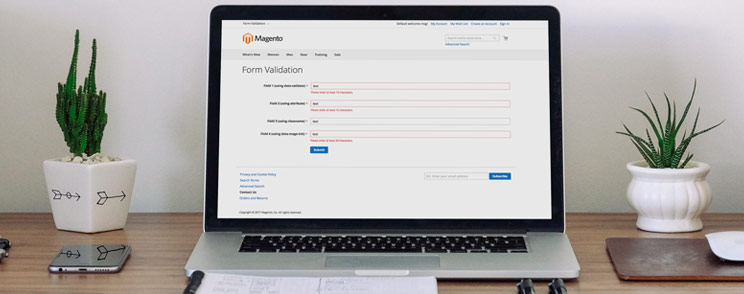A website’s navigation is paramount in guiding visitors and converting them into customers. In Magento 2, the main navigation menu plays a pivotal role in achieving this. This guide sheds light on the intricacies of Magento 2’s menu system, with a focus on its mobile responsiveness and vertical category presentation.
1. Understanding the Magento 2 Menu System
At its core, the Magento 2 menu is a dynamic feature that offers:
- Seamless integration with your product categories.
- Customizable links to different store pages.
- Flexibility to adjust and modify as per store requirements.
2. Delving into Magento 2 Mobile Menu
With the rise of mobile e-commerce, ensuring a mobile-friendly user experience is non-negotiable. The Magento 2 mobile menu is tailored to achieve just that:
- Responsive Design: It automatically adapts to screen sizes, ensuring a consistent experience across devices.
- Hamburger Icon: A staple of mobile navigation, this icon houses the entire menu, saving screen space and offering a clean look.
- Dropdown Features: Tapping on a menu item can reveal sub-categories or links, providing a layered navigation experience without overwhelming the user.
3. Vertical Category Menu in Magento 2: A Deep Dive
While horizontal menus are prevalent, there’s a growing trend and certain use-cases for vertical category menus in Magento:
- Space Efficiency: Especially for stores with a vast number of categories, a vertical menu can display more options in a compact space.
- Positioning: These menus are typically located on the left side of the page, providing a familiar navigation pattern for many users.
- Expandable Sections: Much like its mobile counterpart, the vertical category menu can have expandable sections for sub-categories, ensuring a clean look while offering depth.
4. Crafting the Perfect Magento 2 Menu: Best Practices
For an optimal user experience, consider the following when setting up your Magento 2 menu:
- Simplicity: Ensure your menu is not cluttered. Less is more when it comes to navigation.
- Clear Labels: Menu items should be clearly labeled to ensure users know exactly where each link will take them.
- Prioritize Key Sections: Position important categories or links at the top or beginning of your menu for maximum visibility.
5. Customizing and Extending the Magento 2 Menu
There are numerous extensions available in the Magento marketplace that offer enhanced menu functionalities. Whether you need mega menus, multi-column dropdowns, or dynamic content within menus, there’s likely an extension to match your requirements.
Conclusion: Navigating Success with Magento 2 Menus
In the vast realm of e-commerce, the path to purchase should be as clear and straightforward as possible. Magento 2’s versatile menu system, whether displayed horizontally, vertically, or optimized for mobile, plays a crucial role in guiding users effectively. By understanding and leveraging these menu configurations, e-commerce businesses can create a user-friendly, intuitive navigation system that not only enhances user experience but also drives conversions.





